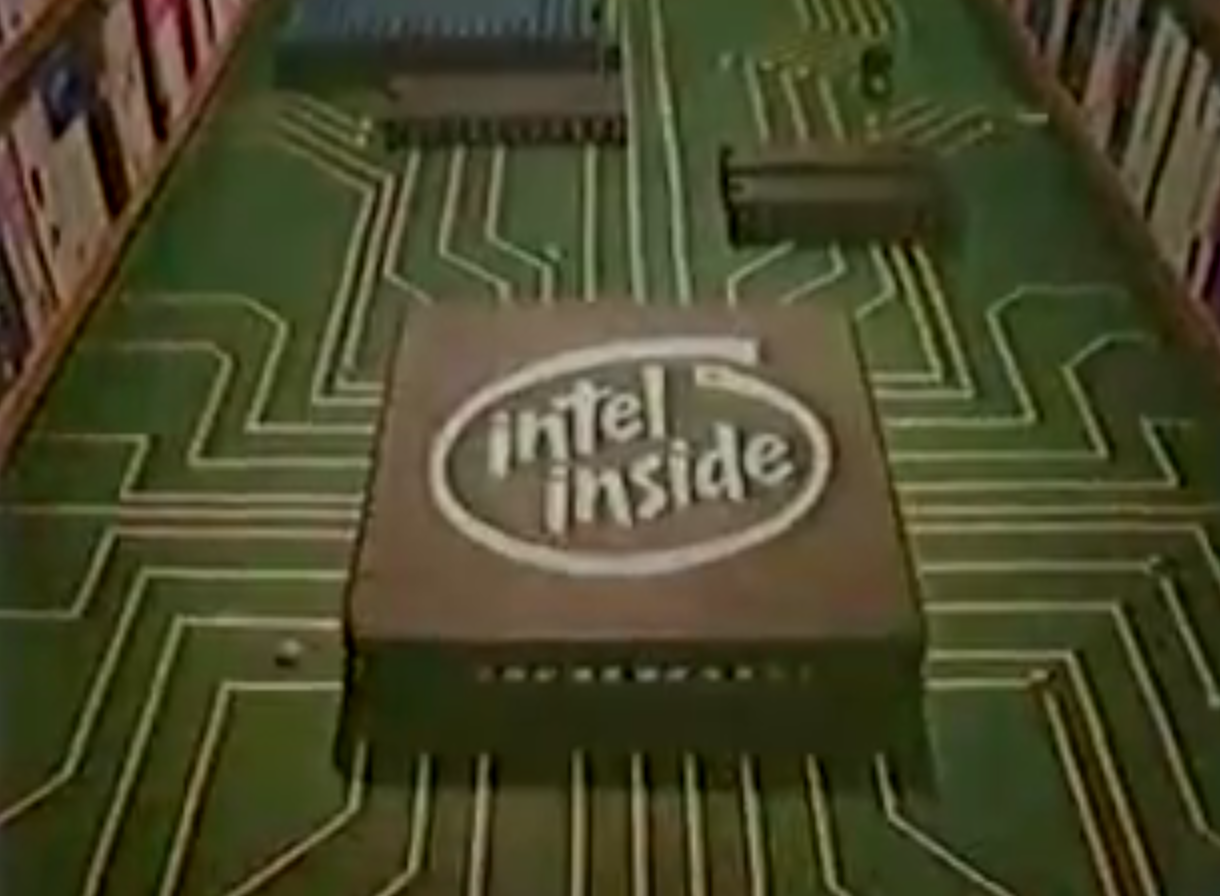
Intel’s Optane Memory H20 features 32GB of 2nd generation Optane media, paired to 1TB (or 512GB) of Intel's latest 144-layer QLC NAND flash memory, with a new Optane controller as well. Take a look and then we’ll explain how it is all set up and demonstrate just how much it can accelerate the performance of a system. We’ve got the Intel Optane Memory H20’s main features and specifications outlined below.
#Sequential testing at intel driver#
When the Optane Memory caching utility is disabled in Intel’s driver control panel, however, the H20 will look like two separate volumes to the OS. It works transparently in the background, which can help less-savvy users not accustomed to managing multiple drives. Usage patterns on the QLC SSD are monitored in real time and the most frequently accessed bits are copied from it to the Optane Memory.īecause the Optane Memory is used as a cache, when enabled, it is not presented to the end-user as a separate volume in Intel’s driver control panel. With the Optane Memory H20, the Optane Media is used as a high-speed repository for the most commonly accessed data blocks (not necessarily complete files) while the QLC NAND is configured as the main boot and storage volume. In the case of the Optane Memory H20, the Optane media cache is paired to a QLC-based SSD – it just happens to all reside on a single PCB. The cache can be linked to the boot drive in a system, regardless of the capacity or the drive type. Intel Smart Response Technology is a caching mechanism that uses a solid state drive like Intel Optane Memory, to enhance overall system performance and simplify the drive configuration presented to the end-user. Intel Optane Memory is a superior solution though, due to its much higher performance and consistency at low queue depths.
#Sequential testing at intel software#
The implementation is similar to Intel’s original Smart Response Technology, which debuted all the way back when the SSD 311 series of SATA-based solid state drives was released, but it's now integrated into Intel's Rapid Storage Technology (RST) software and driver suite. Intel Optane Memory products, and their associated software, are designed to cache the most frequently accessed bits of data to the Optane media, which can significantly increase perceived performance and improve responsiveness. Unlike standalone Optane-branded SSDs, Intel Optane Memory is designed to accelerate a slower storage volume on compatible systems, to improve transfer speeds and reduce latency. Pairing Optane Memory with QLC 3D NAND on a single M.2 drive can offer the best of both worlds under certain conditions, without breaking the bank. Optane Memory can be significantly faster than NAND with small transfers, especially at low queue depths, but NAND can currently scale to higher capacities at much lower costs. Optane media and NAND flash memory are both used for storage, but the two technologies behave differently and have different cost structures. Like the first-gen H10, the new Optane Memory H20 will find its way into utlrabooks, notebooks, and other all-in-ones and small form factor systems that may not have accommodations for multiple drives. The Intel Optane Memory H20 is a hybrid solid state drive that leverages Intel’s latest Optane Memory media and 144-layer QLC NAND flash memory, but is designed to offer the benefits of both. Just in case you missed the initial news, Optane Memory H20 is the follow-up to 2019’s Optane Memory H10, which combines 3D Xpoint-based Optane Memory technology and QLC (quad-level cell) 3D NAND flash on a single M.2 storage device.


Intel first showed off its Optane Memory H20 solid state drive late last year.


 0 kommentar(er)
0 kommentar(er)
